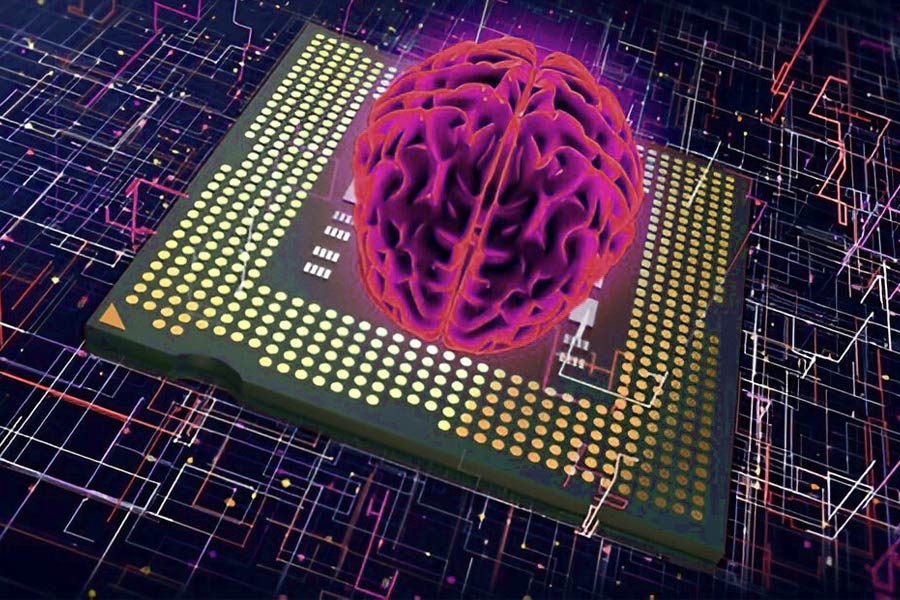In today’s rapidly evolving technological landscape, the adoption of artificial intelligence (AI) and automation platforms has become paramount for small and medium-sized businesses (SMBs) seeking to enhance operational efficiency and scalability. As organizations become increasingly aware of the transformative potential of AI, they face the challenge of selecting the right tools that not only align with their specific needs but also provide long-term value. This article will analyze key AI and automation platforms, focusing on their strengths, weaknesses, costs, ROI, and scalability, with the aim of guiding SMB leaders in making informed decisions.
When considering major AI platforms, OpenAI and Anthropic are frequently pitted against one another due to their innovative capabilities and market presence. OpenAI, renowned for its extensive language models like GPT-3, provides a versatile API that allows developers to integrate advanced natural language processing into various applications. Its strength lies in the sheer breadth of utility, catering to diverse use cases from chatbot development to content creation. However, challenges remain around cost, as OpenAI’s pricing can escalate significantly with higher usage—making it crucial for SMBs to evaluate their expected scale meticulously.
Conversely, Anthropic, founded by former OpenAI employees, emphasizes safety and alignment in AI interactions. Its models are built with a focus on ethical considerations, making Anthropic particularly appealing for organizations concerned with responsible AI usage. While Anthropic’s capabilities are robust, its current offerings may not match the maturity and versatility of OpenAI, potentially limiting its adoption among businesses with more varied application demands. Thus, while both ai platforms offer unique advantages, SMBs must weigh their priorities—whether they value extensive capabilities or a commitment to ethical considerations.
On the automation side, platforms such as Make and Zapier emerge as frontrunners in the market. Make, formerly Integromat, has cultivated a reputation for a user-friendly interface that allows for complex automation scenarios through visual flow mapping. This flexibility is a significant strength for SMBs aiming to connect various applications without deep technical expertise. However, Make’s model can present challenges for scaling efforts, as its pricing structure may become cumbersome with increasing task volumes or more complex workflows.
In contrast, Zapier provides a straightforward and widely adopted solution for automating routine tasks across hundreds of applications. Its strength lies in its robust library of integrations, simplifying the process for SMBs to enhance productivity without reengineering their existing infrastructure. Nevertheless, Zapier’s limits on task executions in its lower-tier plans may lead to additional costs as organizations scale. This can render it less favorable when compared to Make, which may allow for more complex workflows without incurring significant additional fees.
Both AI and automation solutions inherently strive for a significant return on investment (ROI) through increased efficiency and productivity. However, the calculation of ROI must consider not only the financial metrics but also qualitative factors. An analysis of implementation time, training requirements, and ongoing maintenance costs are crucial for a comprehensive understanding of potential benefits. For instance, while OpenAI may provide outstanding capabilities, those benefits could be offset by the need for compelling training and adjustment periods, which could impact short-term ROI. Similarly, Make’s user-friendly setup could facilitate rapid deployment, enhancing immediate workflow efficiencies.
On the scalability front, organizations should assess future needs against current capabilities. The risk of vendor lock-in can be detrimental for SMBs striving for agility in rapidly changing markets. This aspect is where tools like AIGNE Hub come into play, as they promise a unified access layer that simplifies interactions with various AI models. With seamless deployment options—both through managed cloud services and self-hosted solutions—AIGNE Hub caters to flexibility requirements while helping teams avoid vendor lock-in, which could hinder future scalability and adaptability.
As SMB leaders strategize their investments in AI and automation, a balanced approach is advised. Leveraging tools that minimize complexity while maximizing flexibility will serve as an invaluable asset in today’s competitive landscape. Ideally, a hybrid approach that incorporates the strengths of multiple platforms can foster a resilient operational framework that adapts to emerging technologies and shifting market demands.
In conclusion, the selection of AI and automation tools requires a comprehensive evaluation of strengths, weaknesses, costs, and scalability. As businesses aim to invest in solutions that drive significant ROI, it is imperative to remain cognizant of the evolving technological landscape. The integration of a tool like AIGNE Hub may present an optimal path forward, enabling organizations to navigate complexity without sacrificing control, flexibility, or ethical considerations.
FlowMind AI Insight: The future of AI and automation in SMBs lies in the strategic combination of diverse platforms that align with business objectives. A well-considered investment in these technologies not only enhances operational efficiency but also positions organizations to capitalize on innovative opportunities in an increasingly digital landscape.
Original article: Read here
2025-10-03 10:36:00

